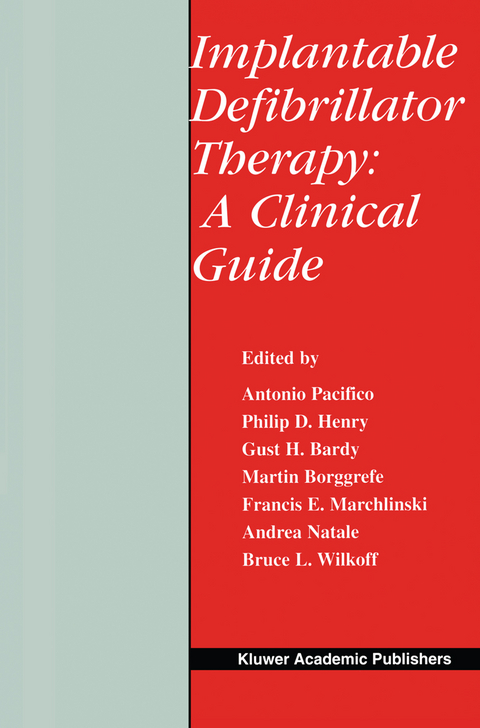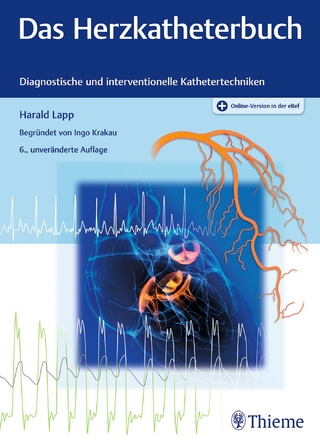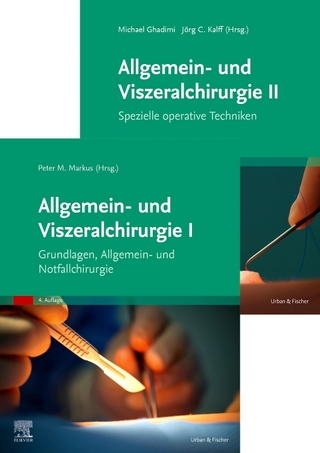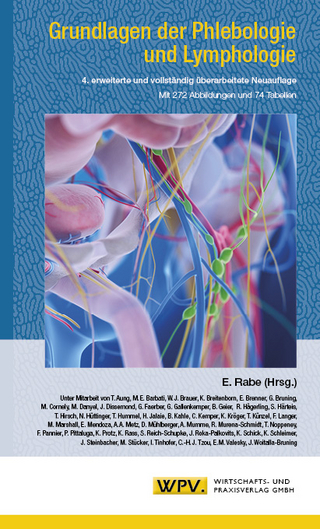
Implantable Defibrillator Therapy: A Clinical Guide
Seiten
2012
|
Softcover reprint of the original 1st ed. 2002
Springer-Verlag New York Inc.
978-1-4613-5372-0 (ISBN)
Springer-Verlag New York Inc.
978-1-4613-5372-0 (ISBN)
Implantable defibrillators as originally conceived by Michel Mirowski were limited to the detection and automatic termination of ventricular fibrillation. Ventricular tachycardia detection allowed the successful development of interventions for the termination of ventricular tachyarrhythmias before they degenerated into ventricular fibrillation.
Implantable defibrillators as originally conceived by Michel Mirowski were limited to the detection and automatic termination of ventricular fibrillation. In the original "AID" device, the detection algoritlun sought to distinguish sinus rhytlun from ventricular fibrillation by identifying the "more sinusoidal waveform of ventricular fibrillation. " The therapeutic intervention was elicited only once deadly polymorphic rhythms had developed. It was rapidly learned, however, that ventricular fibrillation is usually preceded by ventricular tachycardia. Mirowski recognized the pivotal importance of developing algoritllms based on heart rate. Ventricular tachycardia detection allowed the successful development of interventions for the termination of ventricular tachyarrhythmias before they degenerated into ventricular fibrillation. Current device therapy no longer confines itself to tlle termination of chaotic rhythms but seeks to prevent them. Diagnostic algorithms moved upward along the chain of events leading to catastrophic rhytlulls. Rate smoothing algorithms were developed to prevent postextrasystolic pauses from triggering ventricular and atrial tachyarrhytlmlias. Beyond the renaissance of ectopy-centered strategies, long-term prevention received increasing attention. Multisite pacing therapies provided by "Arrhythmia Management Devices" were designed to reduce the "arrhytlunia burden" and optimize the synergy of cardiac contraction and relaxation. Clinical evidence now suggests that atrial fibrillation prevention by pacing is feasible and tllat biventricular pacing may be of benefit in selected patients with heart failure. However, these applications of device therapy that generally require ventricular defibrillation backup remain investigational and were not considered in this book.
Implantable defibrillators as originally conceived by Michel Mirowski were limited to the detection and automatic termination of ventricular fibrillation. In the original "AID" device, the detection algoritlun sought to distinguish sinus rhytlun from ventricular fibrillation by identifying the "more sinusoidal waveform of ventricular fibrillation. " The therapeutic intervention was elicited only once deadly polymorphic rhythms had developed. It was rapidly learned, however, that ventricular fibrillation is usually preceded by ventricular tachycardia. Mirowski recognized the pivotal importance of developing algoritllms based on heart rate. Ventricular tachycardia detection allowed the successful development of interventions for the termination of ventricular tachyarrhythmias before they degenerated into ventricular fibrillation. Current device therapy no longer confines itself to tlle termination of chaotic rhythms but seeks to prevent them. Diagnostic algorithms moved upward along the chain of events leading to catastrophic rhytlulls. Rate smoothing algorithms were developed to prevent postextrasystolic pauses from triggering ventricular and atrial tachyarrhytlmlias. Beyond the renaissance of ectopy-centered strategies, long-term prevention received increasing attention. Multisite pacing therapies provided by "Arrhythmia Management Devices" were designed to reduce the "arrhytlunia burden" and optimize the synergy of cardiac contraction and relaxation. Clinical evidence now suggests that atrial fibrillation prevention by pacing is feasible and tllat biventricular pacing may be of benefit in selected patients with heart failure. However, these applications of device therapy that generally require ventricular defibrillation backup remain investigational and were not considered in this book.
1. Indication for ICD Therapy.- 2. Overview of Instrumentation.- 3. Defibrillator Leads.- 4. Atrial Defibrillators.- 5. Implantation.- 6. Device Testing and Programming at Implantation.- 7. Testing at Discharge.- 8. Postoperative Follow-up and Complications.- 9. Long-Term Follow-up.- 10. Adjunctive Antiarrhythmic Drug Therapy.- 11. Lead System Dysfunction, Diagnosis, and Therapy.- 12. Device Proarrhythmia.- 13. Electromagnetic Interference (EMI).- 14. Anxiety and Depression.- 15. ICD Trial Appendix.
| Reihe/Serie | Developments in Cardiovascular Medicine ; 244 |
|---|---|
| Zusatzinfo | X, 410 p. |
| Verlagsort | New York, NY |
| Sprache | englisch |
| Maße | 155 x 235 mm |
| Themenwelt | Medizinische Fachgebiete ► Chirurgie ► Herz- / Thorax- / Gefäßchirurgie |
| Medizinische Fachgebiete ► Innere Medizin ► Kardiologie / Angiologie | |
| ISBN-10 | 1-4613-5372-6 / 1461353726 |
| ISBN-13 | 978-1-4613-5372-0 / 9781461353720 |
| Zustand | Neuware |
| Haben Sie eine Frage zum Produkt? |
Mehr entdecken
aus dem Bereich
aus dem Bereich
Diagnostische und interventionelle Kathetertechniken
Buch (2022)
Thieme (Verlag)
220,00 €
Buch | Hardcover (2022)
Urban & Fischer in Elsevier (Verlag)
270,00 €
Buch | Softcover (2024)
WPV. Wirtschafts- und Praxisverlag
75,00 €


